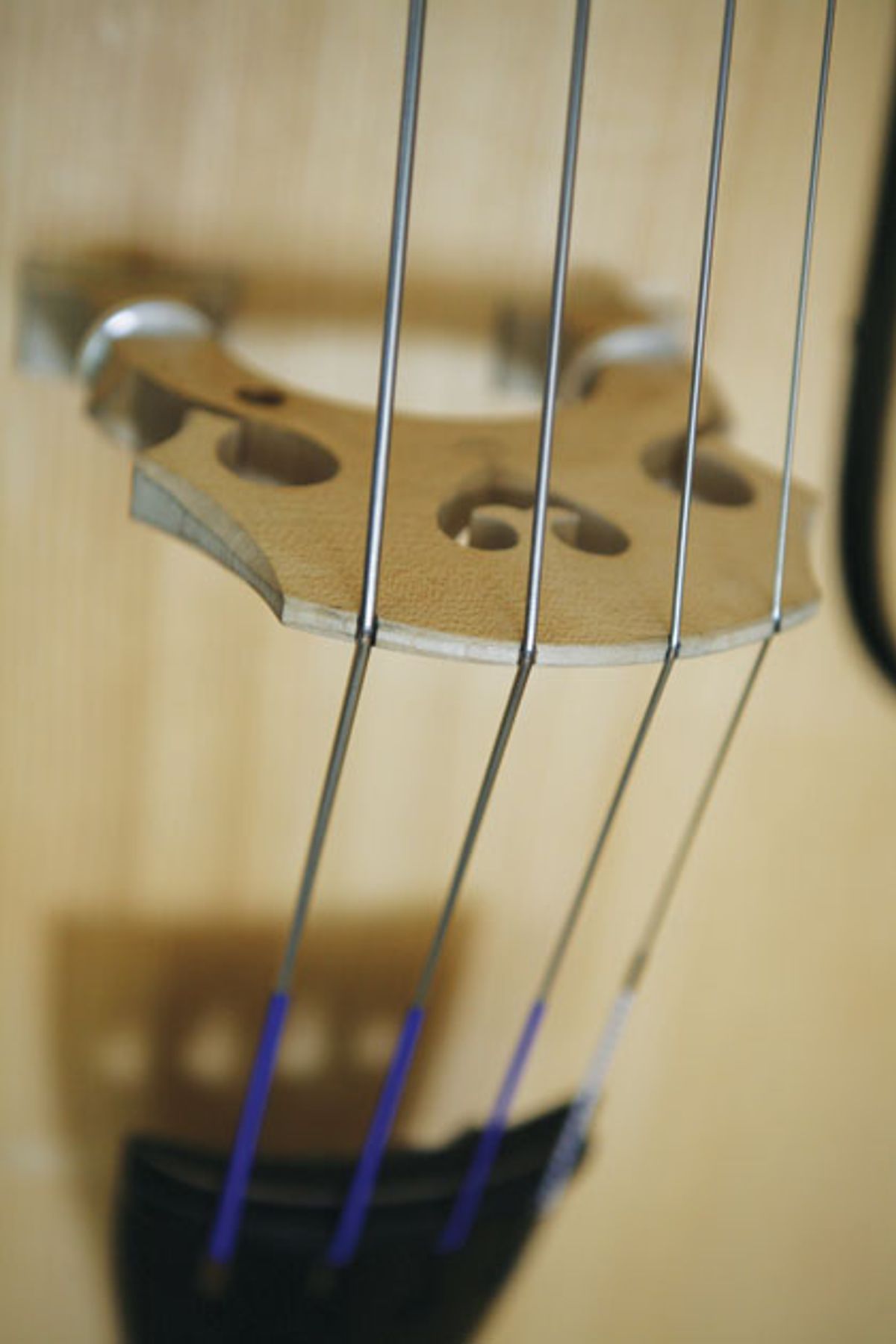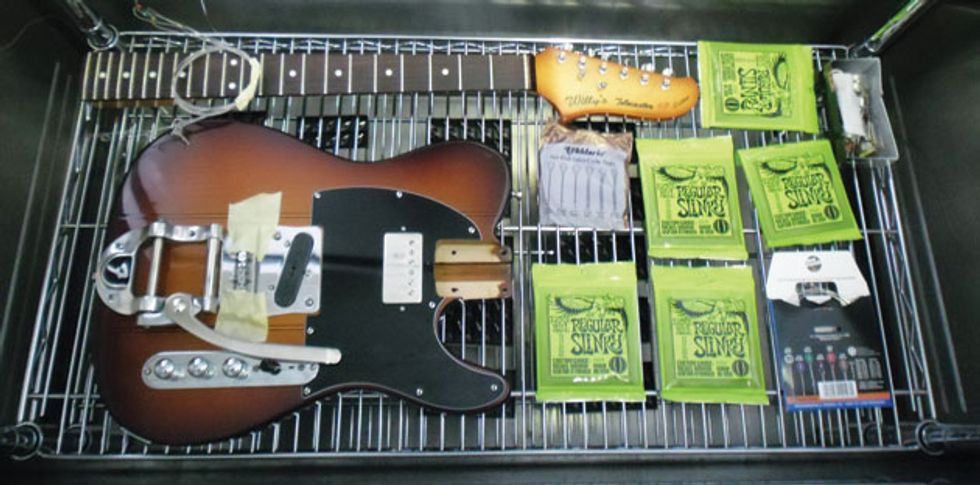
Can ultra-low temperatures benefit your instrument’s tone?
In a 1999 New York Times article titled “For the Musical Alchemist, a New Tack: Cryogenics,” author Terry H. Schwadron describes a trend among brass and woodwind makers to offer deep freezing of trumpets and flutes as a way to improve their sound. The article cites both makers and scientists looking for evidence that this technology actually works, and their opinions could hardly be further apart. This debate has raged for years and continues today—at least in the world of brass instruments—while the process of deep freezing has spread to other areas, including bass.
What is it?Cryoscopy is an experimental method in analytic chemistry used to determine the molecular weight or amount of a dissolvable or mixable substance in a solvent. Meaning “freezing measurement,” the term comes from Greek.
The related term cryogenic treatment means something is exposed to very low temperatures. The most popular coolant is liquid nitrogen at its freezing point of 63 Kelvin (corresponding to -210 degrees Celsius or -346 degrees Fahrenheit), but for various reasons the practical temperature is slightly higher at 77 Kelvin. Some systems even use helium at temperatures of about 4 Kelvin.
“something” has changed.
The cold, hard truth. Because strings are relatively simple in terms of material and construction, they offer a useful way to see if this process can offer any real-world advantages or whether it’s all voodoo. For bass strings, we’re most often dealing with stainless steel in both the core and outer windings. One certainly can’t expect that making something cold—radically reducing the vibrational movement of the molecules—will alter the chemical structure ... except in a few special cases. And stainless steel is one of them.
In certain steels, the changes during a cryogenic treatment happen via a diffusionless transformation of atoms, which form different crystal structures that remain stable at room temperature. This process yields higher strength and hardness, and thus reduces wear, so it’s widely used for tools, bearings, and engine parts. No similar transformations are known to take place in copper or silver.
Photo 2 — This disassembled T-style guitar and a batch of strings are about to take a cold bath.
Photo courtesy of cooltech.at
Whenever a new technology creeps into our world of instruments, there’s usually not much further evidence to support marketing claims, but one elusive study on acoustic guitar strings finds increased stiffness of around 30 percent and a modulus of elasticity (Young’s modulus) of about 20 to 80 percent. Additionally, the researchers measured an increased amount of upper harmonics, although often at the cost of the low end (Chen Jer Ming, “Cryogenic treatment of music wire,” 2004, National University of Singapore).
The implications. So what does this mean for bass strings? Hardened strings provide some real-world advantages, starting with improved tuning stability and increased longevity. In addition, the tone—especially the upper end—will not decay as fast as the strings start to age. This will be especially welcome news if you play slap-style because that technique is particularly hard on standard bass strings. The only possible downside to hardened strings could be increased fret wear and, of course, the higher cost of a cryogenically treated set.
Next time we’ll look at some hardware—and even instruments—to discover what might happen when these items get thrown into the cold.

